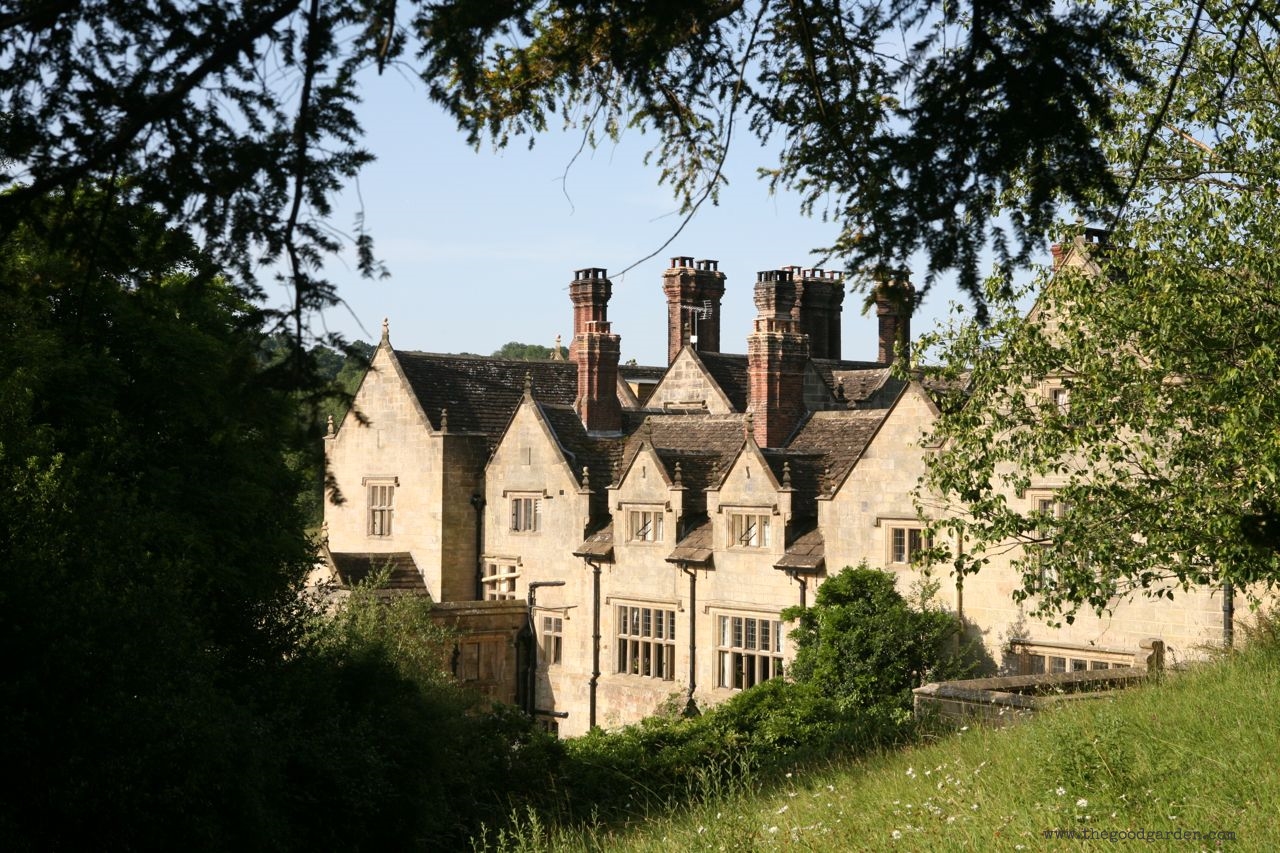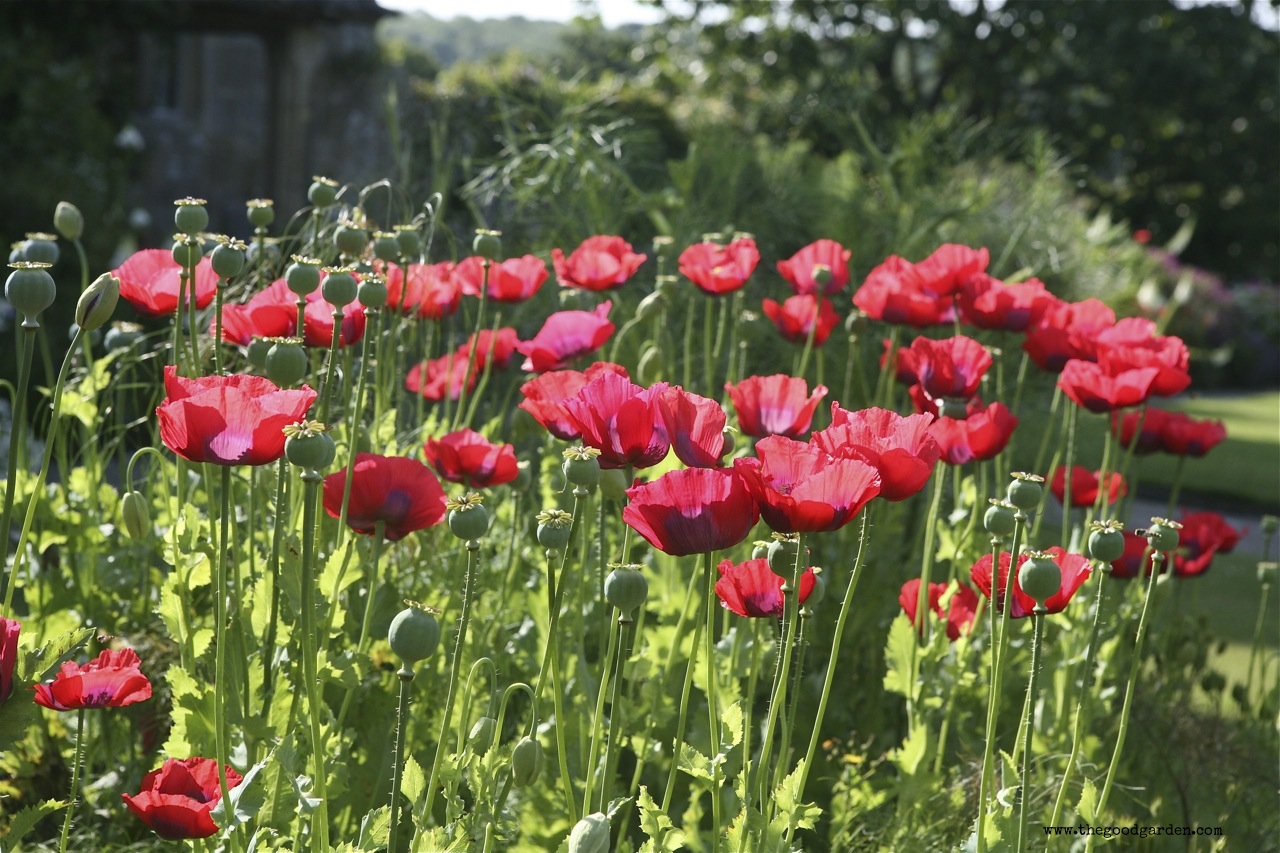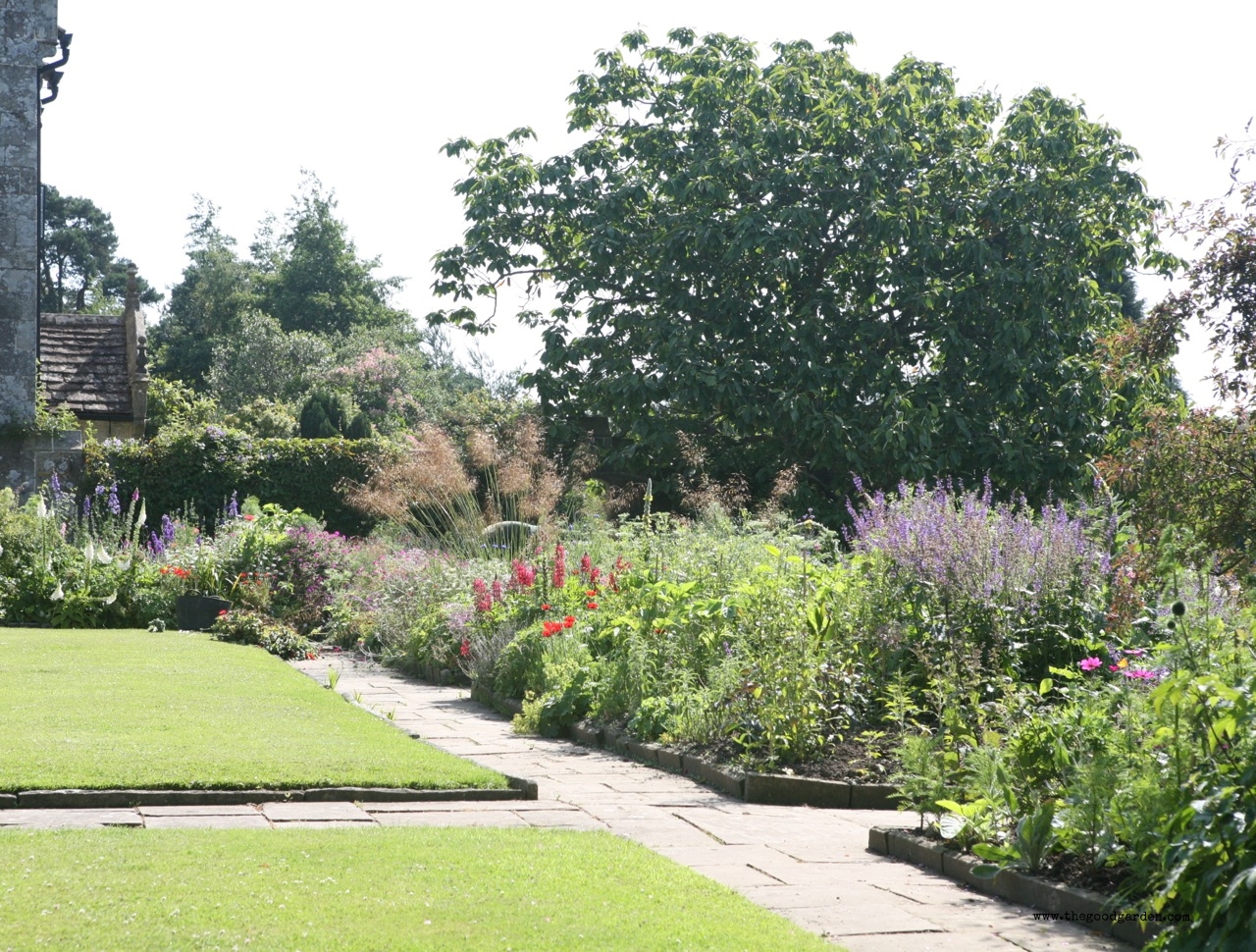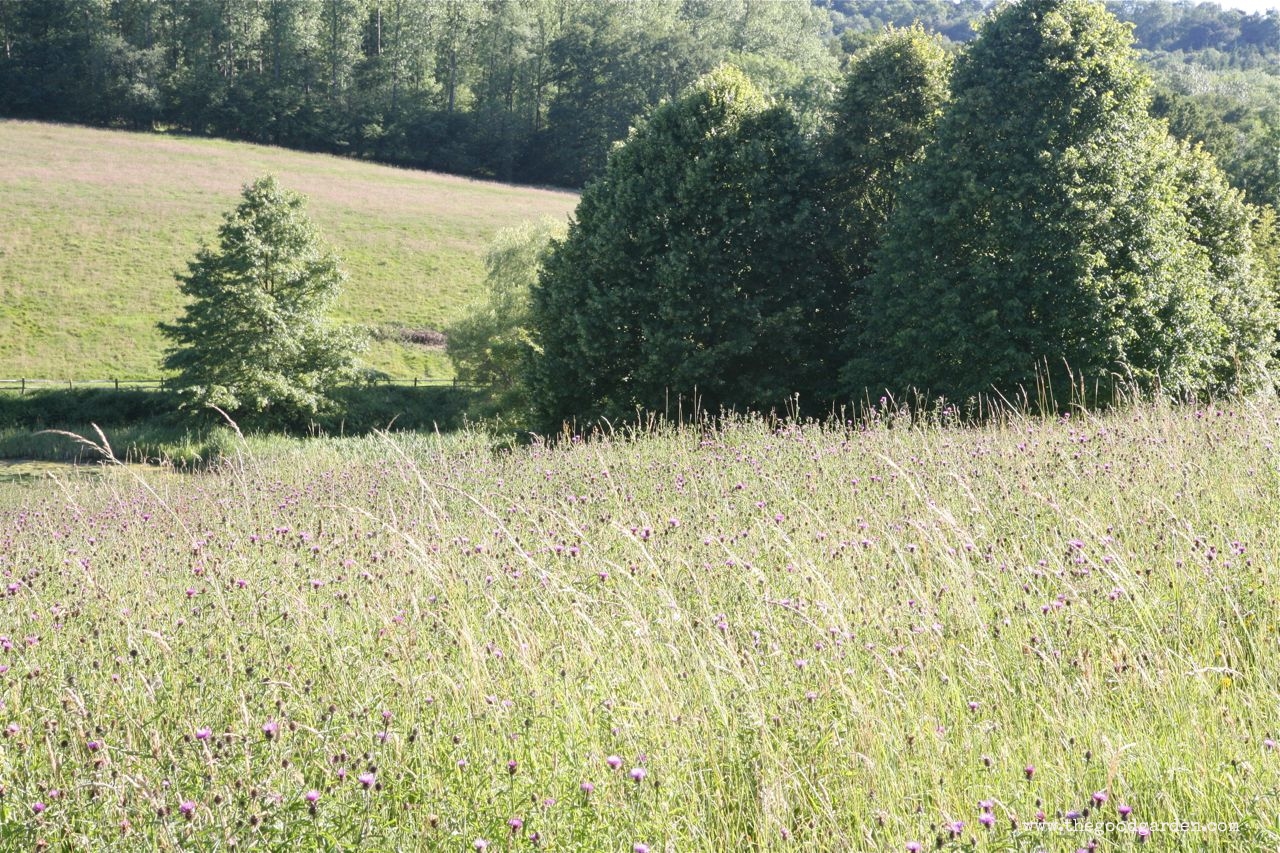In the 1800’s a powerful change in garden styles came from a gardener named William Robinson, and his garden called Gravetye.
To appreciate how innovative this new style was it is useful to consider that at this time there were a few dominant garden styles: idealized nature in the Chinese and picturesque garden, rigid geometry in the formal garden, exotic plant displays in the gardenesque garden. In some ways, the wild garden combined the best of each, but its real innovation was in using exotics in naturalistic ways. Particularly in Europe, this meant planting non-native plants -- not as specimens, but as integral parts of compositions, as they might be seen in the wild. Robinson described his view of the wild garden as "placing perfectly hardy plants in places they will take care of themselves."
To promote this approach, Robinson wrote The Wild Garden in England. And he created his own garden, Gravetye, as an example. His garden has each of the elements of the wild garden: close to the house geometric planting beds are stuffed with sun loving native and wild plant species; beyond the house he created a mixed meadow; in the distance there is a pond for water loving plants; and a woodland area beckons to shade lovers.
Today, Gravetye is open to the public as a luxury bed and breakfast. The property sits at the end of a narrow country lane in the swanky West Sussex area outside of London. Once you get there, time slows down and you are transported to 1860. This means no air conditioning in the summer, but breakfast and plenty of champagne in the glorious garden. The garden is inspirational. One of my favorite memories was that rooms include a copy of his "plant book". This means being able to stroll the garden as Robinson himself describes what he was thinking as he created each section. This garden will always stay in my mind.
Portrait of Robinson from the National Botanic Gardens of Ireland. Source: americangardening.net










